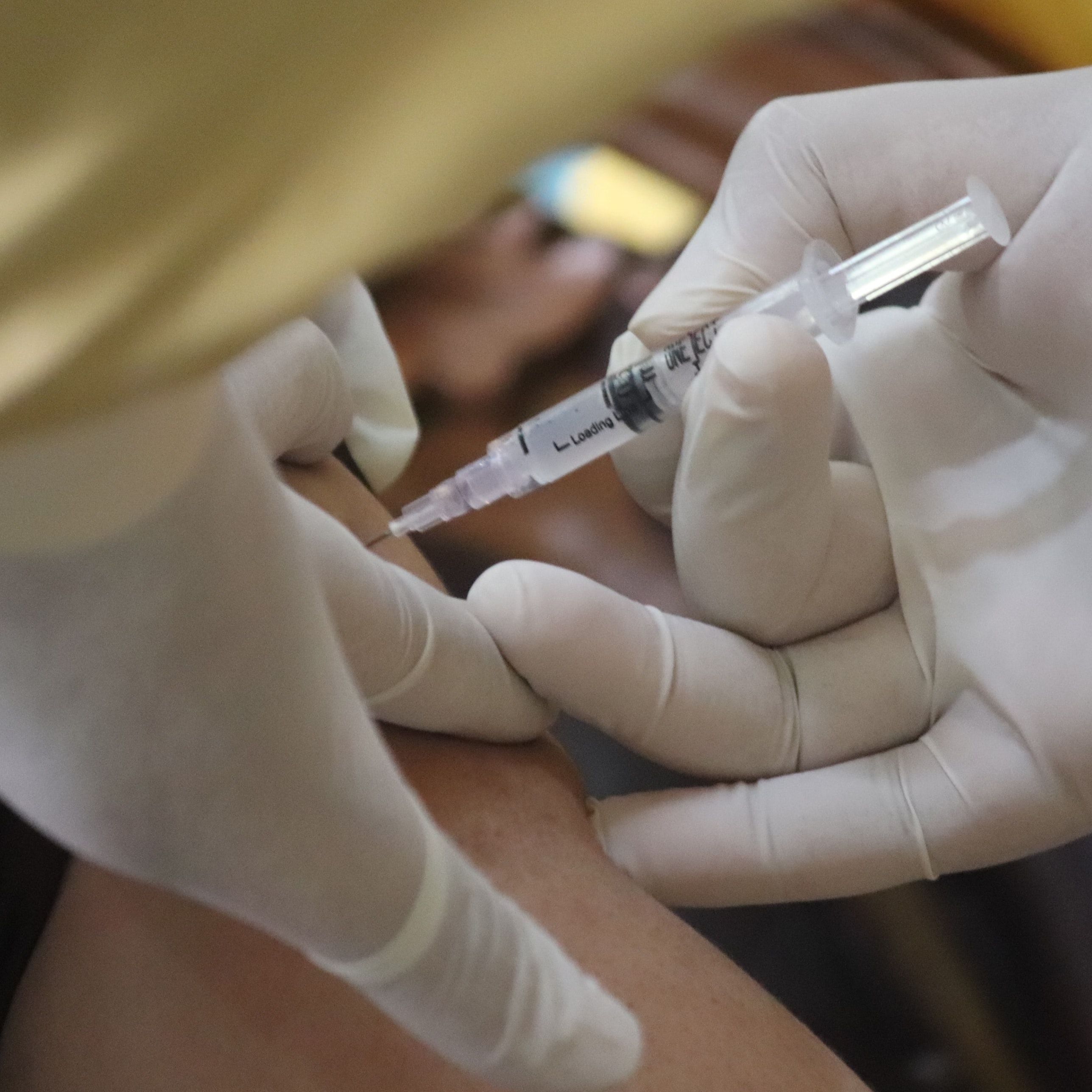Article
New Tool Keeps Kids on Track with Immunizations-July 2008
Author(s):
Additionally, 2 new combination vaccines could make following CDC's immunization recommendations easier by reducing the number of shots children must receive.
Mr. Lamb is a freelance pharmacy writer living in Virginia Beach and president of Thorough Cursor, Inc.
US
Responding to health care providers’ requests and acting on recently collected data that show only 1 in 10 children receive all the recommended vaccinations at the times indicated, the Centers for Disease Control and Prevention (CDC) has developed the
Catch-Up Immunization Scheduler.
The tool can be downloaded for free to any computer that runs Microsoft Access, and it allows parents or providers to quickly and accurately create an individualized immunization schedule when a child misses 1 or more shots. The algorithms built into the program are based on the most current
, and the new timeline can be set according to whether caregivers want to complete the course of immunizations as quickly as possible or whether they want to get back in line with the guidelines.
“The tool provides the physician flexibility in administering as many vaccines as possible while the child is in the office rather than waiting,” according to Larry Pickering, MD, who is the executive secretary for CDC’s Advisory Committee on Immunization Practices and who worked with software developers at Georgia Tech to create the Catch-Up program. This is an important concern when current guidelines call for doses of more than 2 dozen vaccines for children before they reach the age of 5 years.
Two recently licensed products, however, may significantly reduce children’s shot burden.
Haemophilus influenzae
On June 23, the FDA licensed Sanofi Pasteur’s Pentacel, which combines pediatric vaccines for diphtheria, tetanus, pertussis, polio, and b in 1 product. Pentacel is indicated for use in children between the ages of 6 weeks and 48 months, and it should be administered in a 4-dose cycle when a child is 2, 4, 6, and 15 to 18 months of age. Children who receive Pentacel rather than individual doses of the component vaccines will receive 16 shots instead of 23 by the time they are 18 months old.
htheria, tetanus, pertussis, and polio vaccine boosters, the FDA licensed GlaxoSmithKline’s (GSK) Kinrix on June 24. Pediatrician William P. Hitchcock, MD, who teaches and practices at the University of California—San Diego School of Medicine, noted in a GSK press release that “by reducing the number of shots given in 1 visit, combination vaccines like Kinrix may make it easier for kids to meet school vaccination requirements and CDC recommendations.”
For children between the ages of 4 and 6 years who require dip





